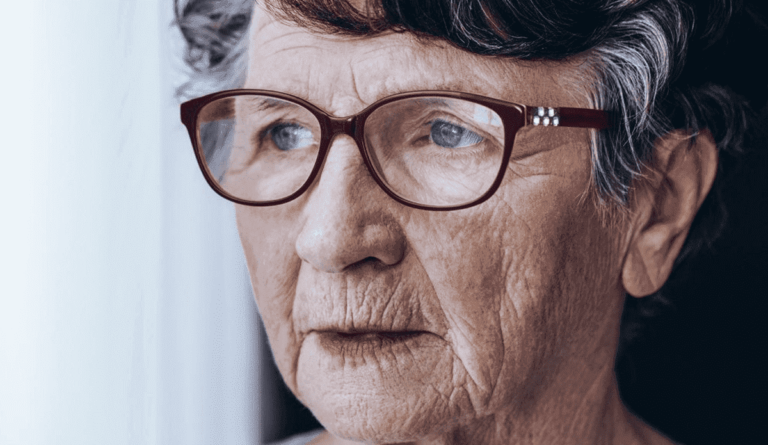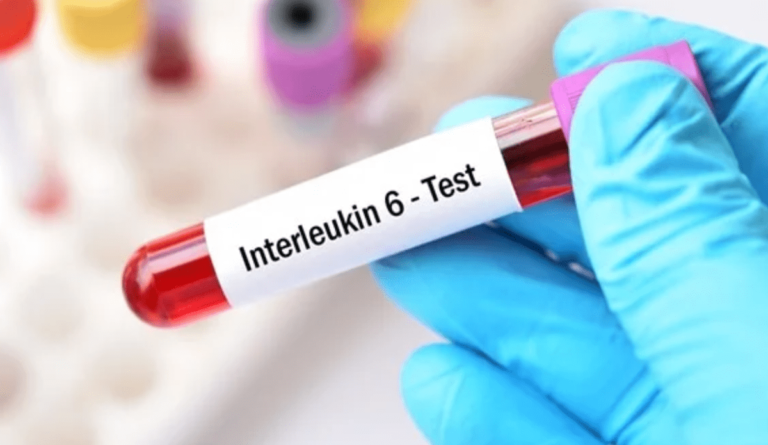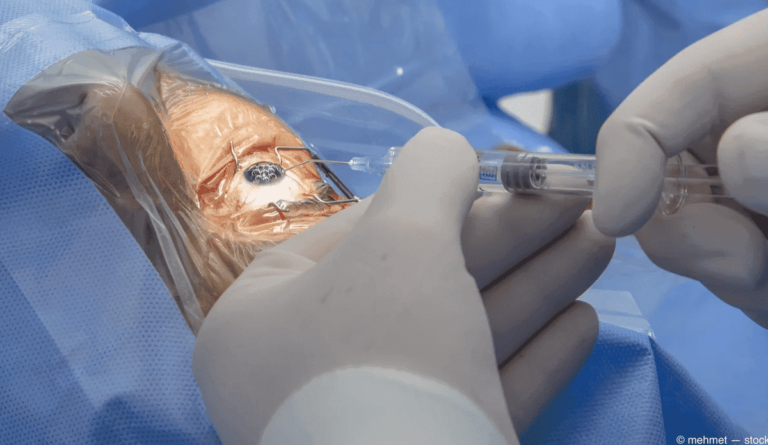
Wet AMD can lead to a loss of central vision, which can be scary. But treatment is now better than ever, and there are many ways to cope and get support.
September 8, 2020
By Erica Patino
Medically Reviewed by Sanjai Sinha, MD
When you think of your golden years, you most likely picture enjoying time with family and friends and devoting more time to hobbies and other pursuits. One thing you probably don’t anticipate is losing your vision, which is possible if you develop wet age-related macular degeneration (AMD).
“Age-related macular degeneration is a condition that affects many of our seniors as they get older, as age is the leading risk factor,” says Rahul N. Khurana, MD, a retina specialist at Northern California Retina Vitreous Associates in Mountain View and an associate clinical professor of ophthalmology at the University of California, San Francisco.
How Wet AMD Affects Your Mental Health
Macular degeneration begins with what is called dry AMD, which typically causes no symptoms. It tends to start in one eye but can eventually develop in both.
Dry AMD can progress to wet AMD. When this occurs, symptoms start to affect your vision. “Most specifically, [wet AMD affects your] ability to read, watch TV, and see other peoples’ faces,” Dr. Khurana notes. “[It affects basically all of your central vision.”
Not surprisingly, loss of central vision can lead to further problems, such as loss of independence and depression. “Losing your vision is a very scary thing,” says Khurana. “People become socially withdrawn, regress, and no longer do the activities that bring them joy in life.”
In fact, according to the American Academy of Ophthalmology (AAO), people with low vision are up to three times more likely to develop depression than those without a visual impairment.
Learning to Cope With Wet AMD
While it can be difficult to accept a diagnosis of wet AMD, the good news is that treatment is far more advanced now than it was only a few decades ago.
Wet AMD is now treated with anti-vascular endothelial growth factor (anti-VEGF) therapy, in which medicine is injected into the eye by a retina specialist or ophthalmologist, according to the American Macular Degeneration Foundation. This halts the progression of the condition, helping prevent further vision loss — something that wasn’t possible before. In one out of three cases, some lost vision can be restored. “If we can treat wet AMD in early stages,” says Khurana, “the outcomes are very good.”
Even if wet AMD is not caught early, there are many steps you can take to improve your quality of life. Here are some ways to be proactive and stay positive while living with wet AMD.
- Seek resources. There are many low vision resources, according to the AAO. Ask your ophthalmologist or retina specialist to refer you for a low-vision evaluation with a low-vision specialist. These professionals can get a sense of your current vision and needs and assist you in obtaining tools that can help, such as magnifiers and telescopes, or suggest nearby support groups. They can also refer you for home evaluations, which can help you modify your home to avoid falls and improve lighting to maximize your vision. A study published in August 2019 in The American Journal of Geriatric Psychiatry found that low-vision rehabilitation reduces the risk of depression for people with AMD.
- Stay engaged in the world. Don’t let macular degeneration or vision problems isolate you from others. Enlist family and friends to help you stay socially active while maintaining as much independence as possible. For example, you might ask a friend to drive the two of you to a restaurant if your vision makes driving difficult, and you can bring a magnifier to help you read the menu without assistance.
- Leverage social media. Online platforms, such as Facebook, Twitter, and Instagram, can be a boon for people with low vision. Not only do these social media sites help you keep social ties, but they are also accessible to people with low vision through tools such as screen readers, automatic alt-text for images, and adjustable font sizes. In addition, social media can help connect you to other people with wet AMD through online support groups.
- Keep up your treatment. While currently available treatments for wet AMD can help preserve your vision, they aren’t a cure. That means you’ll still need to see your ophthalmologist or retina specialist regularly for routine care and injections. “This is a chronic condition. It requires regular treatment and monitoring,” says Khurana. While the frequency of your doctor visits is based on your particular case, some people with wet AMD get anti-VEGF treatment once a month. But new treatments are already in development, aiming to slow AMD progression with fewer or no injections, he says. If you struggle with depression associated with your wet AMD, talk to your ophthalmologist about treatment options.
By following these steps, you can make the most of your sight and prevent further vision problems with wet AMD.





